Many car owners neglect the maintenance of the spare tire, and only find out when the spare tire is needed that the spare tire is no longer usable. So, how to maintain the spare tires of the car? Today I will talk to you about this topic.
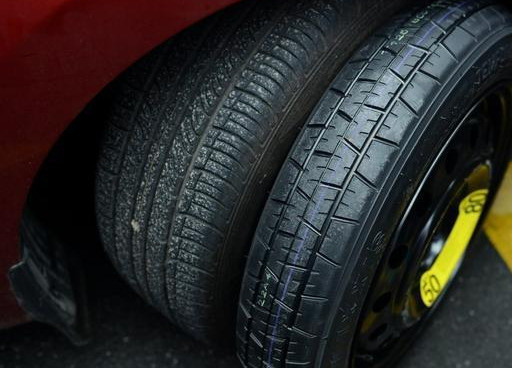
(1) Regular inspection of spare tires
Check the spare tire before a long journey. The spare tire inspection mainly checks whether the tire has air pressure, wear and cracks. The tire should be replaced as soon as possible before the tire pattern is worn to the wear mark line.
Note: If there are small cracks on the side wall, long-distance driving or high-speed driving is not possible. Because the sidewall of the tire is relatively thin, it is easy to burst at high speed.
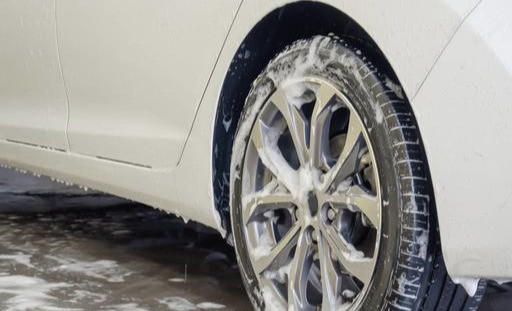
(2) Cannot put oil and spare tire together
The main component of tires is rubber, which is most afraid of being corroded by various oils. If car owners often store oil and other oils in the luggage compartment, once the oil adheres to the tires, the tires will expand and the life of the tires will be greatly reduced. Note: When the tire is soiled by oil, please clean it with a neutral detergent.
(3) The life of the spare tire is about 4 years
Many owners think that as long as they put the spare tire in the suitcase and do not use it, they can "live a long time". This is wrong. The tire is made of rubber and has a life span of about 4 years, so the spare tire should be replaced after 4 years.
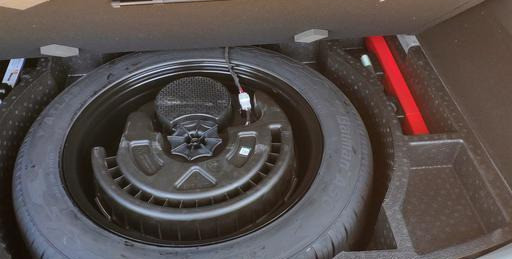
(4) The spare tire should not be used for a long time
After replacing the spare tire, the friction coefficients of the 4 tires are different, the ground adhesion is different, and the air pressure is different. Long-term use will have a certain impact on the vehicle's braking system, steering system and suspension, which will bring danger to driving safety.
Reminder: There are also brighter colors in spare tires, the purpose of which is to encourage car owners to replace spare tires. In addition, when using spare tires, especially non-full-size spare tires, please be careful not to exceed 80km/h.
Why is the car spare tire different from the normal tire size?
Normal cars are equipped with spare tires, which are used for emergency use in the unfortunate event of a puncture. I believe that owners who have experienced a puncture will find the dfsk spare tire of the car and the size of the tire used in the entire car when replacing the spare tire. Not the same, why is this in the end?
First of all, you have to know that there are two types of spare tires, one is full-size and the other is non-full-size. The so-called full size means that the size of the spare tire is the same as the other four tires of the car, but the material of the wheel may be different.
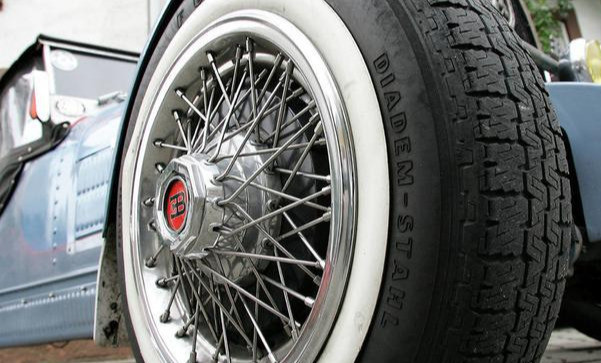
Non-full size is usually divided into two situations: one is that the tire is narrowed, but the tire circumference (diameter) is basically the same; the other is a completely shrinking spare tire, both in diameter and wheel hubs are much smaller. It can only be used as an emergency. Moreover, non-full-size tires also have restrictions on vehicle speed, generally not exceeding 80 km/h.
Why is the size of the car's spare tire different from the normal tire size?
There are still many more honest car companies that use full-size spare tires. Of course, most of them use non-full-size spare tires. Remember that most of the brand's spare tires were full-size long ago!
Spare tires, since they are all called spare tires, can they be the same as normal tires? In fact, the reason why manufacturers use non-full-size spare tires is mainly because full-size spare tires are heavy and occupy space. Now the main selling points of vehicles are large space, large volume, and so on!
The spare tire is still made into full-size. The SUV carries a school bag and hangs on the chassis. It doesn't matter, but the car does not have this superior condition, and the trunk space is not too large. How can a "full-size tire" be inserted? People have to count on selling cars in large volumes!
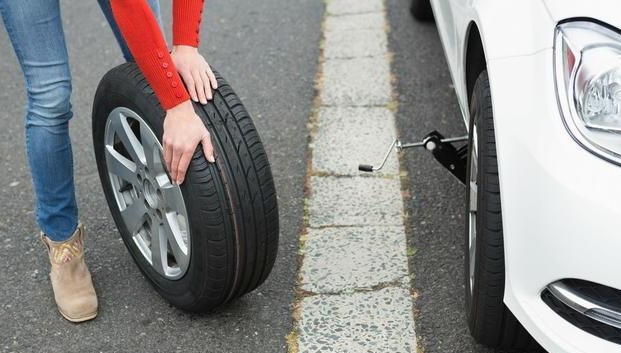
Secondly, in order to save costs, car companies have come up with the concept of JIT (Lean Production)。 It seems that many car companies have followed suit. The cost difference between a single non-full-size spare tire and a full-size spare tire is a few hundred. Millions of cars with non-full-size spare tires are left with a lot of money. Naturally, I gradually learned to make non-full-size spare tires!
Non-full-size tires are not suitable for long-distance and high-speed driving, and the maximum speed cannot exceed 80 kilometers per hour.
Let’s ask if it’s on a highway and there is no maintenance point nearby. Speeds below 80 kilometers are very dangerous, basically being caught in the flow of large trucks. The inherently narrow non-full-size tires are more dangerous due to insufficient air pressure.
The non-full-size spare tire has a smaller diameter and a smaller ground contact area, which can only ensure that the car can move, which is very inconvenient. If the tire is flat on the highway, it is really uncomfortable to change to such a spare tire.
Moreover, the speed of the wheels on both sides is also different at this time, which will also have a certain impact on some full-time four-wheel drive vehicles. So it is better to have a full-size spare tire.
The advantage of non-full-size spare tires is that they can save space in the trunk, reduce weight, and save costs. I can't tell the other advantages.
For example, Toyota Rav4 uses a full-size spare tire. In order to install the spare tire, the ground of the trunk is much higher. This is also complained by many people, but I think it is acceptable. After all, the full-size spare tire is more convenient to use, and It's equivalent to one more wheel, how cost-effective.
READ MORE:
air outlet
car radio
car wheel cover
fuel pump
rear view mirror





